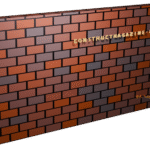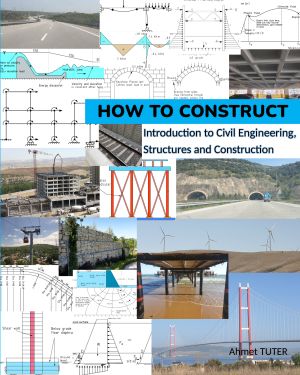What is Waffle Slab and where it is used -

A waffle slab is made of a thin topping supported by ribs running in both directions, giving it the appearance of waffle when looked from below. Waffle slabs are a special type of reinforced concrete slab, where aesthetics meet with certain structural characteristics. They have advantages such as the aesthetics, higher load capacity and longer spans. Since they are stiff due to their higher overall thickness, they reduce floor vibrations, which is also desirable in hospitals, labs. Their rigidity also enable better distribution of lateral forces. Contrary to the belief of many, waffle slabs don’t necessarily reduce material usage (and consequently dead load of the building) however, because overall thickness […] Read More








